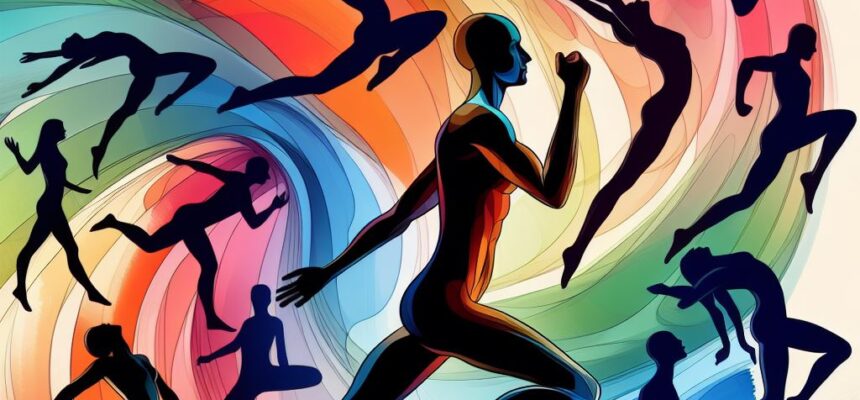The central nervous system (CNS) orchestrates our every move, allowing us to interact with the world around us. At its core, motor activity involves a dynamic dance between upper motor neurons (UMN) and lower motor neurons (LMN). Picture this: the UMN, like maestros, conduct signals from the cerebral cortex, while the LMN, akin to skilled musicians, translate these commands into muscle contractions or relaxation.
The Pyramidal Tract: A Symphony of Signals
-
Corticospinal Tract: This grand pathway descends from the cerebral cortex to the spinal cord, controlling movements in our limbs and trunk. Imagine it as the express train for voluntary motion. It originates from brain regions like the primary motor cortex and premotor areas. As it journeys through the brainstem, it splits into two tracks:
- Lateral Corticospinal Tract (LCST): About 85-90% of its fibers cross over at the pyramidal decussation (at the junction of the medulla and spinal cord). These fibers fine-tune our finger and hand movements, synapsing directly on LMNs.
- Anterior Corticospinal Tract (ACST): The remaining 10-15% continue uncrossed, controlling proximal muscles (think trunk). ACST lesions usually have minimal clinical impact.
-
Corticobulbar Tract: This sibling of the corticospinal tract influences cranial nerves, orchestrating facial expressions, speech, and swallowing. It’s like the conductor for our facial symphony.
Central and Peripheral Paresis: The Plot Thickens
-
Central Paresis (Spastic Paralysis): When UMN lesions occur, spasticity takes center stage. Picture stiff, resistant muscles, hyperactive reflexes, and the Babinski sign (stroking the sole of the foot causing the big toe to rise). The pyramidal tract is often the culprit here.
-
Peripheral Paresis (Flaccid Paralysis): LMN lesions lead to flaccidity—a loss of muscle tone. These are the backstage mishaps, affecting individual nerves or muscles. Peripheral paresis results in weakness, diminished reflexes, and muscle atrophy.
Topical Syndromes: The Intriguing Chapters
-
Corticospinal Syndrome (Pyramidal Tract Syndrome):
- Hemiplegia: One side of the body becomes spastic and weak due to a lesion in the corticospinal tract.
- Monoplegia: Isolated paralysis of a single limb.
- Paraplegia: Both lower limbs are affected.
- Quadriplegia: All four limbs experience spastic paralysis.
-
Corticobulbar Syndrome:
- Bulbar Palsy: Facial muscles weaken, impacting speech, swallowing, and facial expressions. The conductor stumbles.
-
Decerebrate Rigidity:
- A dramatic scene: Arms and legs extend rigidly due to brainstem damage. The pyramidal system’s harmony disrupted.
-
Decorticate Rigidity:
- Another twist: Arms flex toward the chest, legs extend. The cortex’s influence wanes.
Remember these syndromes are like intricate musical compositions—each note revealing the mysteries of our neural symphony.
(1) ncbi.nlm.nih.gov
(2) pubmed.ncbi.nlm.nih.gov
(3) kenhub.com
(4) physio-pedia.com
Verifiziert von Dr. Petya Stefanova
